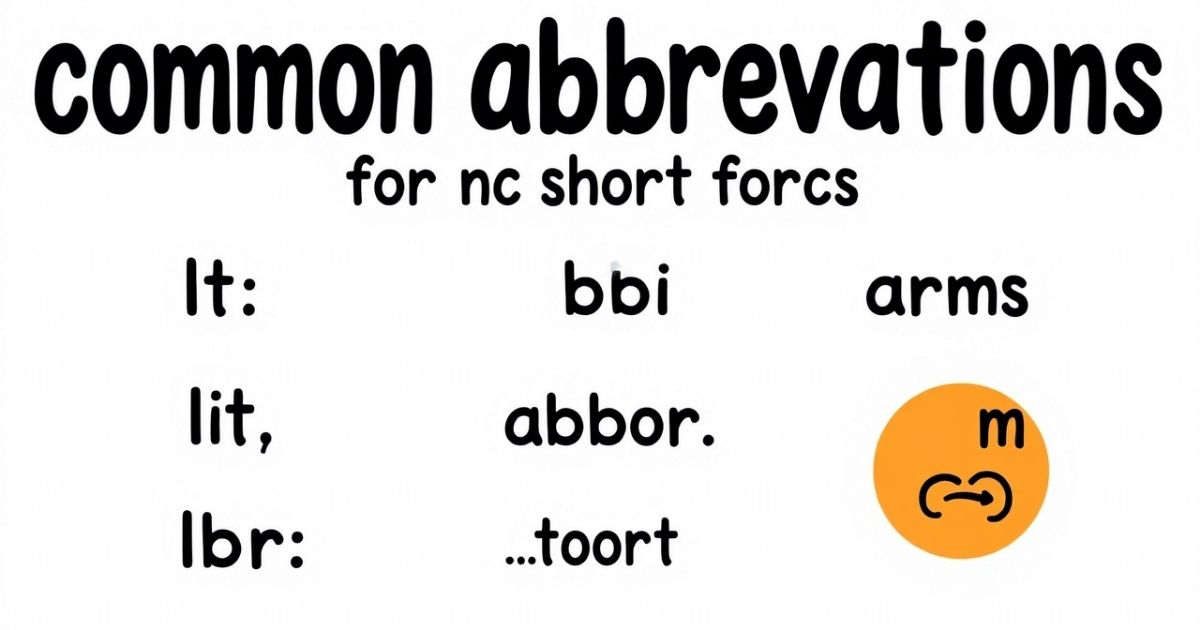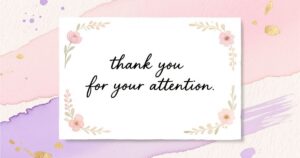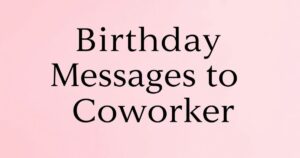The abbreviation for little is commonly used in informal settings to make communication quicker and more casual. People often use “Lil” as the little abbreviation, especially in texts, social media, or friendly conversations. It’s a convenient way to shorten the word little in short form and add a playful or affectionate tone to a message. For example, calling someone your “little one short form” or saying “Lil’ puppy” creates a more personal touch.
The use of “Lil” instead of the full word little has become widely accepted, particularly in pop culture and everyday speech. Whether it’s referring to something small or expressing endearment, the abbreviation for little has found its place in our language. So, next time you want to refer to something or someone in a cute or informal way, try using the little abbreviation “Lil”, it’s quick, fun, and adds charm to your conversation.
What Does “Little” Mean?
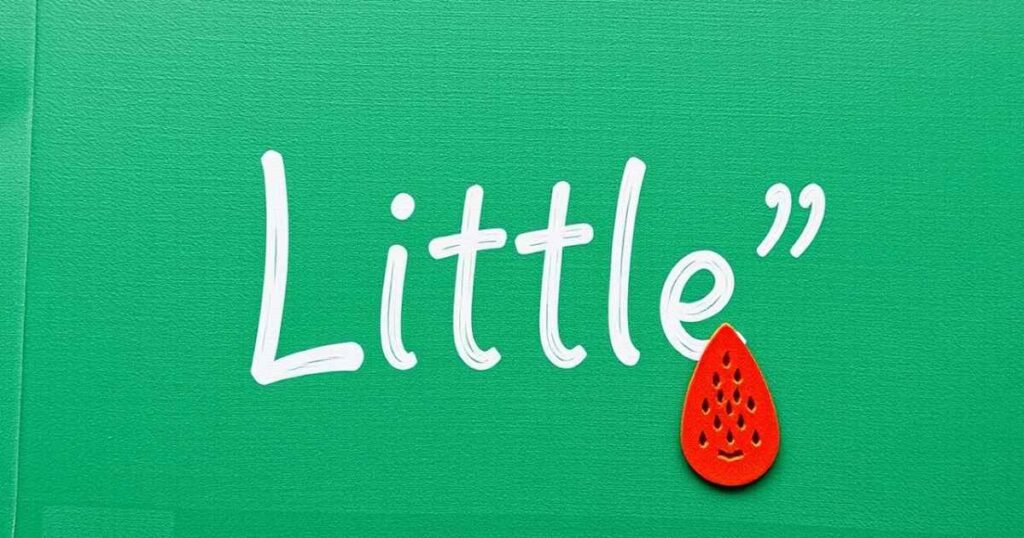
The word “little” is versatile and used in a variety of contexts. Its meaning can range from describing small size, age, or quantity to conveying affection.
Understanding how to use “little” properly is key for clear and effective communication.
“Little” can mean more than just small in size. It can refer to:
- Quantity: “There’s little milk left in the fridge.”
- Age: “My little cousin loves to play with toys.”
- Significance: “That’s just a little misunderstanding, no big deal.”
Each context shapes the meaning of the word “little,” highlighting the importance of considering the situation when using it. This awareness ensures you communicate with clarity and precision.
Understanding the Abbreviation: The Rise of “Lil”
The abbreviation for little, “Lil”, has gained popularity in informal speech and pop culture. It often replaces “little” in various contexts, adding a sense of style or uniqueness to a phrase.
In modern language, “Lil” is commonly used in music, particularly in hip-hop, where artists adopt the term as part of their stage names. Its widespread use reflects a shift toward creative language use and self-expression in contemporary communication.
A Personal Take:
The abbreviation for little is often used in informal settings, making communication quicker and more casual. It’s a handy shorthand that keeps things light and simple, especially in text messages or social media posts.
On a personal note, I find that using the abbreviation for little brings a certain warmth to conversations. It’s like a shortcut to familiarity, making interactions feel more friendly and approachable.
Pro Tip:
When using the abbreviation for “little”, be mindful of your audience. It’s great for informal or friendly exchanges but may not be suitable for formal or professional settings. Always consider the context to ensure clarity and appropriateness in your communication.
The Evolution of “Little”
Over time, the word “little” has evolved from simply describing size to encompassing a range of meanings, such as age, quantity, and even affection. The abbreviation for little has become more common in digital communication, offering a quicker, more casual way to express the word in texts and online chats. This shift highlights the way language adapts to modern communication needs.
Cultural Contexts:
- Affectionate Use: In many cultures, calling someone “little” expresses affection or tenderness, like when referring to children or loved ones.
- Indicating Youth: The term “little” often denotes youth or immaturity, such as calling a younger person “the little one” to show endearment or protectiveness.
- Significance and Humility: In some cultures, referring to something as “little” can be a way of downplaying its importance, signaling humility or modesty.
- Digital Communication: The abbreviation for little has gained popularity in text and online chats, especially in regions where quick, informal communication is valued, like in texting slang.
Related Guide:
Metaphors for Roses and Their Meaning
Pronunciation Differences: American vs. British English
Pronouncing “little” might seem straightforward, but subtle differences exist between American and British English:
- American English: Often pronounced as “liddle” with a soft “d” sound replacing the “t.”
- British English: The “t” is crisp and clear, sounding like “liht-tle.”
Quick Fun Fact:
Quick Fun Fact: Did you know that the abbreviation for “little”, often written as “lil”, is so popular in modern slang, especially in social media, that it has even appeared in song lyrics and brand names? It’s a great example of how language evolves with the times!
Little Short Form: Understanding the Abbreviation
The abbreviation for little is often seen in casual writing, particularly in texts or social media posts. It simplifies communication and gives a more relaxed tone to conversations. However, it’s important to use it in the right contexts to maintain clarity.
In professional or formal settings, using the abbreviation for little might come across as too informal. It’s always wise to consider your audience and choose language that suits the occasion. Knowing when and where to use it ensures effective and appropriate communication.
How to Pronounce “Little”
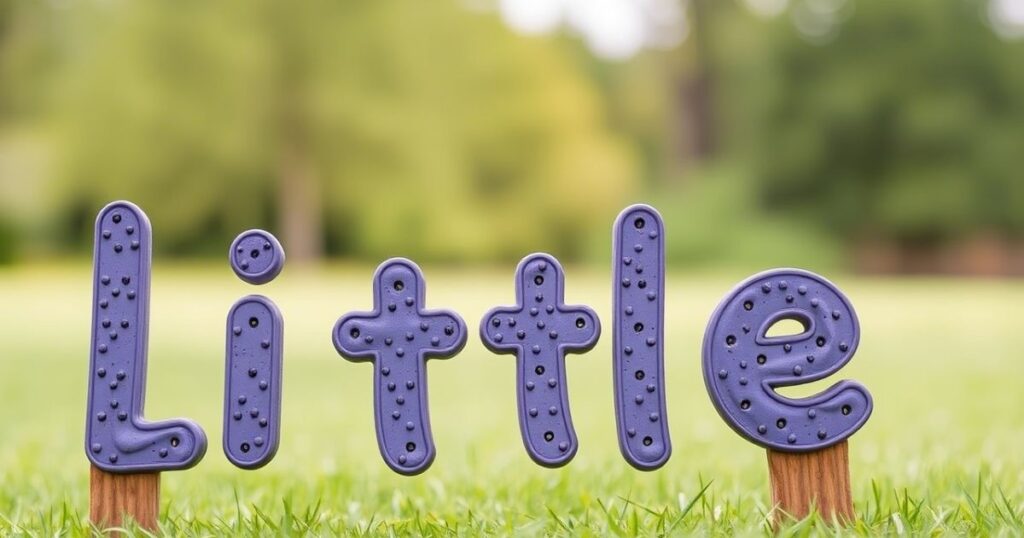
The word “little” is pronounced as /ˈlɪtəl/. The first syllable, “lit”, is pronounced with a short “i” sound, similar to the word “sit,” while the second syllable, “tle,” is softer and often sounds like “tl” or “əl.”
In casual speech, the second syllable is usually less emphasized, and it sounds almost like a soft “luh” or “tl.” This makes the pronunciation smoother and quicker, especially in rapid conversation.
To master the pronunciation, say “lit” clearly, then softly glide into the second syllable without overemphasizing it. This will help ensure the word flows naturally and sounds authentic in everyday speech.
Other Examples of “Little”
Let’s look at a few sentences to see how “little” is used:
- Size: “He brought a little umbrella with him.”
- Affection: “That’s such a little act of kindness.”
- Amount: “We have little time to finish the project.”
These examples highlight how the word “little” can describe size, affection, or amount, showing its versatility.
Synonyms for “Little”
- Small
- Tiny
- Petite
- Minor
- Diminutive
- Modest
- Minute
- Compact
Antonyms for “Little”
- Big
- Large
- Enormous
- Vast
- Gigantic
- Immense
- Significant
- Considerable
The History of the Word “Little”
The word “little” originates from the Old English word “litel,” which has roots in Germanic languages. Over time, it has evolved to describe something small in size, quantity, or significance, maintaining its versatility through centuries. Its usage expanded across various contexts, including both physical size and figurative meanings like affection or insignificance.
Today, “little” is an essential word in the English language, used universally across casual and formal speech. The abbreviation for little (“Lil”) also developed as a more modern way to express the same idea more succinctly, often in an informal or endearing manner. Its presence in everyday communication reflects its adaptability and widespread acceptance.
Personal Reflections on “Little”
When I think of the word “little,” it brings to mind the many ways it shapes our language. It’s a word filled with warmth and affection, especially when used to describe people, like calling someone your “little” one, or referring to something small and sweet. The abbreviation for little (like “Lil”) often captures a playful, affectionate tone, making conversations feel more casual and endearing.
Personally, I’ve noticed how often we use “little” to convey emotion, whether it’s describing a “little” victory or a “little” moment of joy. The term has a way of softening our language, creating a sense of comfort and familiarity. It’s amazing how a simple word can carry so much meaning, especially in its abbreviated form, “Lil.”
When to Use the Abbreviation “Lil”

The abbreviation “Lil” is perfect for informal contexts, especially when you want to keep things light or affectionate. Whether in texts, social media, or casual conversations, it adds a personal, relaxed touch. For instance, you might say, “That’s a Lil treat for you,” when offering something small and sweet.
However, it’s important to avoid using “Lil” in formal or professional settings. The abbreviation for little is best reserved for friendly and relaxed environments where tone and context allow for a more playful or intimate style of communication. It’s a great way to keep things breezy and approachable when the mood fits!
Example of the Word and Abbreviation in Context
When used in context, “little” can describe something small or insignificant, such as “She has a little garden in her backyard.” The abbreviation “Lil” often adds a playful or affectionate tone, like “I’m bringing Lil cupcakes to the party!”
- Formal: “She made a little adjustment to the schedule.”
- Informal: “That’s a Lil snack to keep us going.”
FAQ’s
What is the shortened form of little?
The abbreviation for little is commonly used in informal conversations. It’s often seen as “Lil,” making communication quicker and more casual in friendly settings.
Why do people use a shortened version of little?
People use the abbreviation for little to make sentences more casual. It helps save time in informal settings like texting and social media exchanges.
Where can you find the abbreviation for little used?
The abbreviation for little appears in everyday speech and digital communication. It’s especially common in social media posts, texts, and friendly conversations.
When is it appropriate to use the abbreviation for little?
The abbreviation for little is best suited for informal settings. You wouldn’t use it in professional or formal contexts, as it’s more casual and friendly.
How does the abbreviation for little impact communication?
Using the abbreviation for little makes conversations feel more personal and relaxed. It adds a touch of affection and familiarity in casual interactions.
Conclusion
The abbreviation for little is a simple yet effective way to convey a casual and affectionate tone. Whether it’s using “Lil” to describe someone or something small, or referring to a little one short form, the little abbreviation has become a part of everyday language. This little in short form is especially common in texting, social media, and informal conversations, where brevity and familiarity are key.
The “Lil” form is versatile, offering a fun and light hearted way to refer to things. It captures the essence of little in a more personal and approachable manner. Understanding the lil full form and its use in different contexts helps you communicate better and with a more playful tone. Next time you’re looking for a way to shorten little in speech or writing, just remember the abbreviation for “little”, it’s sure to make your message feel more friendly and casual.

Atlas Reid is an experienced administrator with 5 years of expertise in managing operations, streamlining processes, and ensuring efficiency. Skilled in leadership, organization, and problem-solving to drive business success.
